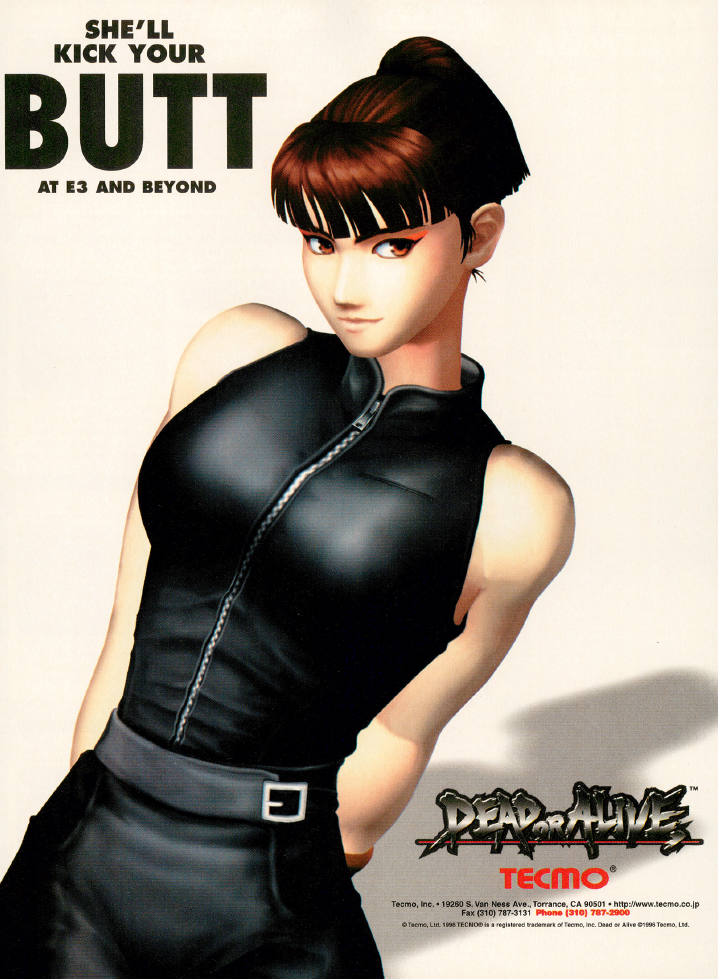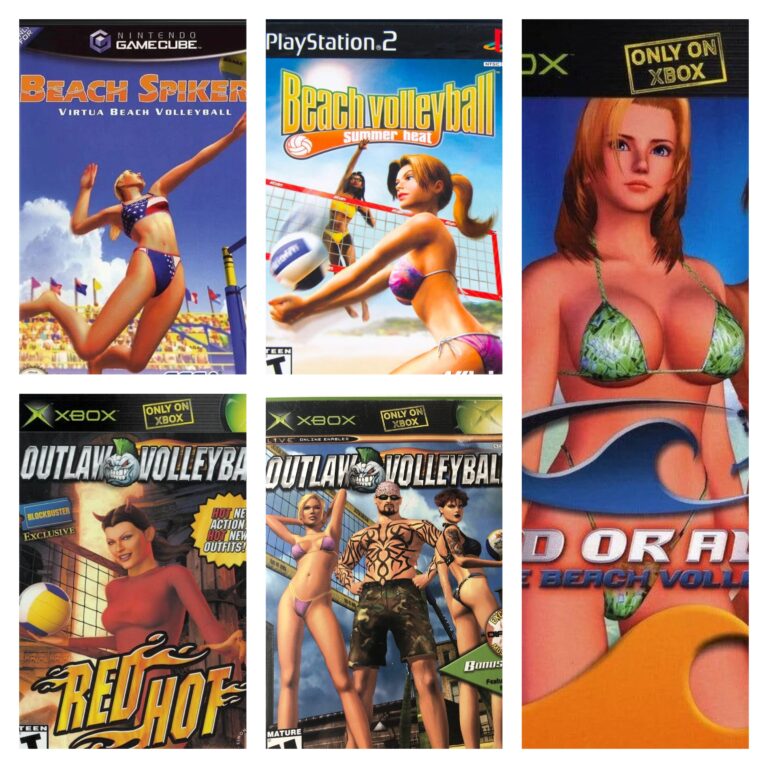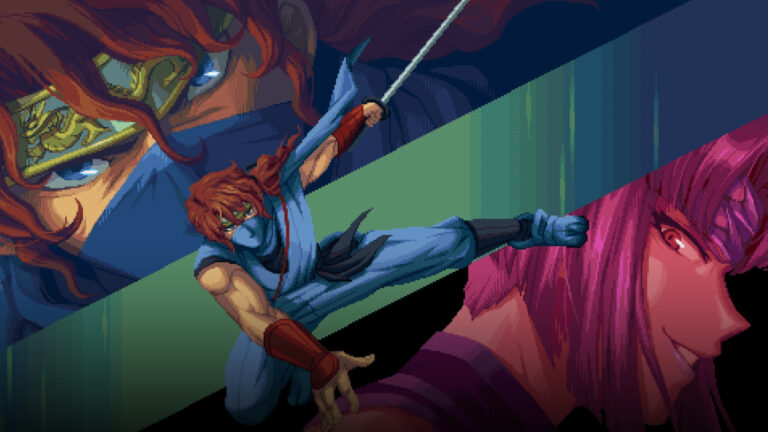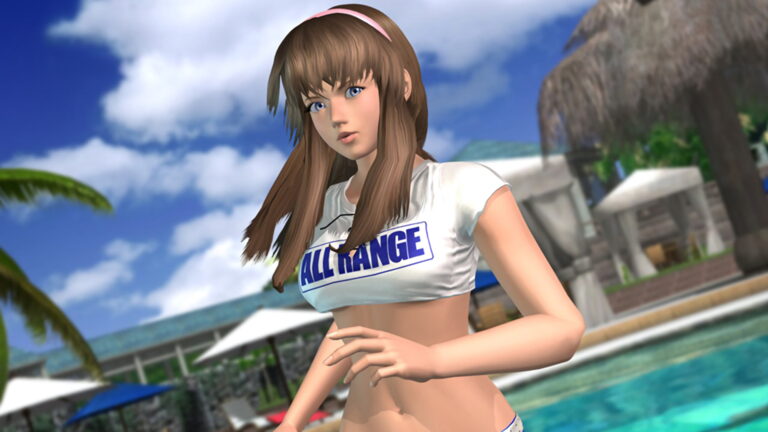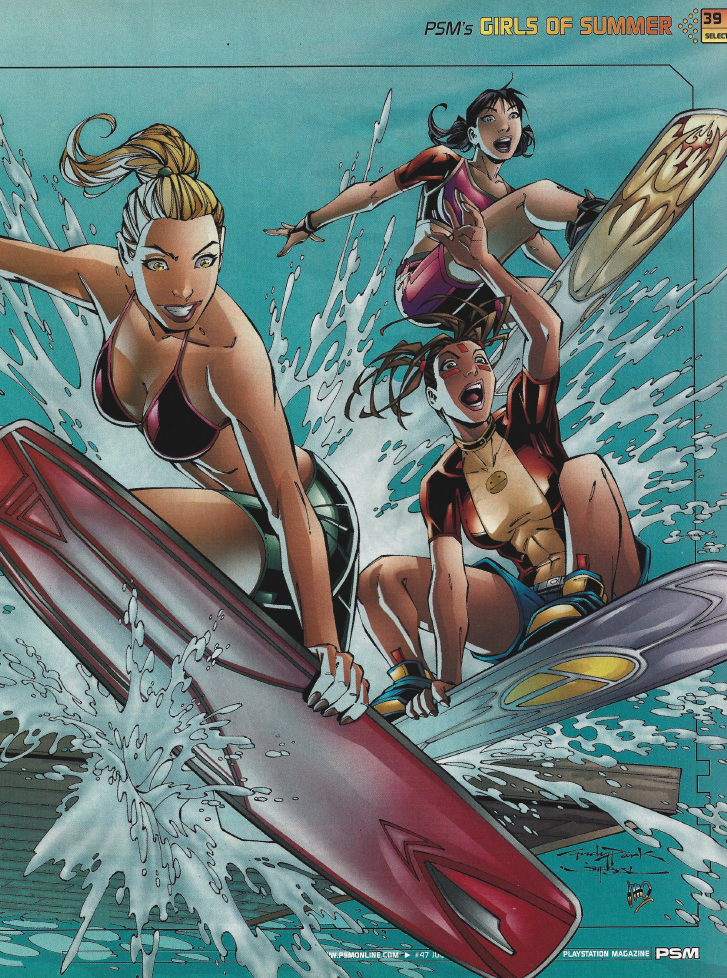My PSM Video Game Girls Swimsuit Issue ranking is the gift which keeps on giving. Not only...
dead or alive
While I was researching and writing my article about the PSM video game girl swimsuit issues, I...
Since completing my lengthy ranking of all of the PSM swimsuit issues, I’ve been continuing to go...
Welcome back to the Ninja Gaiden Love/Hate series! It’s been a few months now since I embarked...
Welcome back to the Dead or Alive Love/Hate series! Yeah, that’s right, we’ve got a special little...
When I was a teen (back around 2005), I really got into video game magazines. EGM, Game...
And with that, we have completed another Love/Hate series here on IC2S! Suffice to say, this was...
Welcome back to the Ninja Gaiden Love/Hate series! We’ve covered all the Ninja Gaiden video games that...
Welcome back to the Ninja Gaiden Love/Hate series on IC2S! In this entry, we’ll be looking at...
Welcome back to the Ninja Gaiden Love/Hate series! In this entry, we’ll be looking at Ninja Gaiden...
Welcome back to the Ninja Gaiden Love/Hate series! In this entry, we’ll be looking at Ninja Gaiden...
Welcome back to the Ninja Gaiden Love/Hate series on IC2S! In this entry, we’ll be looking at...
Welcome back to the Ninja Gaiden Love/Hate series on IC2S! It’s finally time for the entry you’ve...
Man, when I started this blog thirteen years ago, I never would have expected that I’d manage...

